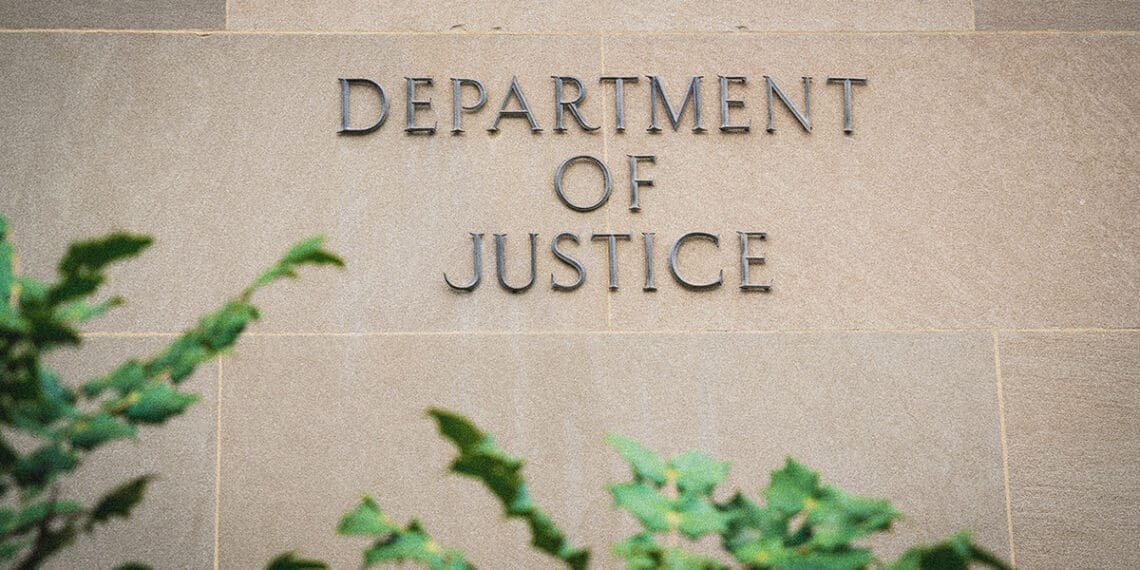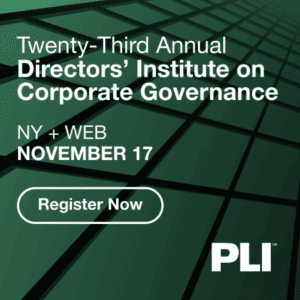When tracking and reacting to regulatory change is part of your job description, an unpredictable era of deregulation can simply compound your problems, says Elaine Duffus of Wolters Kluwer.
In my three decades as a compliance professional, I’ve observed a counterintuitive truth that surprises many banking executives: Periods of deregulation often create more complexity for compliance departments, not less.
This might seem paradoxical. Surely fewer regulations mean less compliance work, right? Yet the reality is far more complicated, particularly in our current regulatory environment.
Consider what’s happening today. We’re witnessing what I call “deregulation on steroids,” a comprehensive effort to roll back regulatory frameworks across multiple fronts simultaneously. Federal agencies are issuing “get out of jail free cards” for enforcement actions. Congressional Review Act processes are removing regulations from the books. Executive orders mandate the elimination of rules that exceed specific statutory authority. Meanwhile, we’re seeing the convergence of state-level regulations diverging along political lines.
For compliance professionals, this creates an extraordinary operational challenge. Every regulatory change — whether adding or removing requirements — necessitates a systematic response. Procedures must be updated, systems reconfigured, employees retrained and documentation revised. When multiple changes happen simultaneously across federal and state jurisdictions, the compliance workload multiplies.
The situation becomes even more complex when you consider what I call the “whipsaw effect.” When regulations change direction suddenly, institutions that quickly altered their practices based on anticipated deregulation may need to reverse course if those changes don’t materialize as expected. I’ve seen institutions make significant operational adjustments based on headlines, only to discover that the actual changes were more nuanced or delayed than initially reported.
This volatility creates another challenge: the documentation imperative. During periods of regulatory flux, maintaining robust documentation becomes even more critical. When examiners eventually return — and they always do — they’ll conduct a lookback review of how your institution managed compliance during this transitional period.
I counsel financial institutions to ask themselves: “What kind of bank do we want to be when the dust settles?” This isn’t just a philosophical question; it has practical implications for how you approach compliance during deregulatory periods.
‘At Times of Stress, People Make Stupid Decisions’: Why FCPA Interlude Demands Greater Vigilance
Training and communication remain critical as future of anti-corruption enforcement is murky
Read moreDetailsSome institutions view deregulation as an opportunity to take excessive risks, which may lead to consumer harm, regulatory findings, litigation or worse. Others take a more measured approach, recognizing that the regulatory pendulum inevitably swings back. The most successful institutions I’ve worked with maintain consistent standards regardless of the regulatory environment, understanding that sound compliance isn’t just about meeting minimum requirements — it’s about sustainable business practices.
This approach requires sophisticated regulatory change management. Rather than responding reactively to each regulatory announcement, forward-thinking institutions implement systems that track changes comprehensively, assess their operational impact and document decision-making processes.
For example, when a consumer protection regulation is eliminated, wise institutions don’t immediately abandon their existing practices. Instead, they conduct a thorough analysis that asks questions like: What was the original rationale for this protection? What risks were it addressing? Does removing this requirement create vulnerability for our customers or our reputation? What are the operational costs and benefits of maintaining these practices even if they’re no longer required?
The compliance professionals who thrive in this environment aren’t those who view deregulation as an opportunity to do less. They’re the ones who recognize that their fundamental role — helping their institution navigate regulatory complexity while making sound business decisions — becomes even more valuable.
When I worked as a chief compliance officer, periods of significant regulatory change were when I spent the most time in the CEO’s office. Today’s compliance leaders similarly find themselves at the center of strategic conversations about how their institutions will approach everything from cryptocurrency to AI.
The most effective compliance departments don’t just react to regulatory changes — they help their institutions anticipate and adapt to them. They transform regulatory volatility from a threat into a competitive advantage by providing clarity amid confusion.
So, while deregulation might seem like it would simplify the compliance professional’s job, the reality is quite different. The successful compliance officer isn’t the one who does less during deregulatory periods; it’s the one who helps their institution navigate complexity with greater sophistication and foresight.




 Elaine F. Duffus, J.D., CFCS, FLMI, CSCP, is a senior regulatory specialist with Wolters Kluwer Financial & Corporate Compliance. She brings more than 25 years of professional expertise to her role, including several as chief compliance officer in the insurance, securities and banking industries.
Elaine F. Duffus, J.D., CFCS, FLMI, CSCP, is a senior regulatory specialist with Wolters Kluwer Financial & Corporate Compliance. She brings more than 25 years of professional expertise to her role, including several as chief compliance officer in the insurance, securities and banking industries. 








